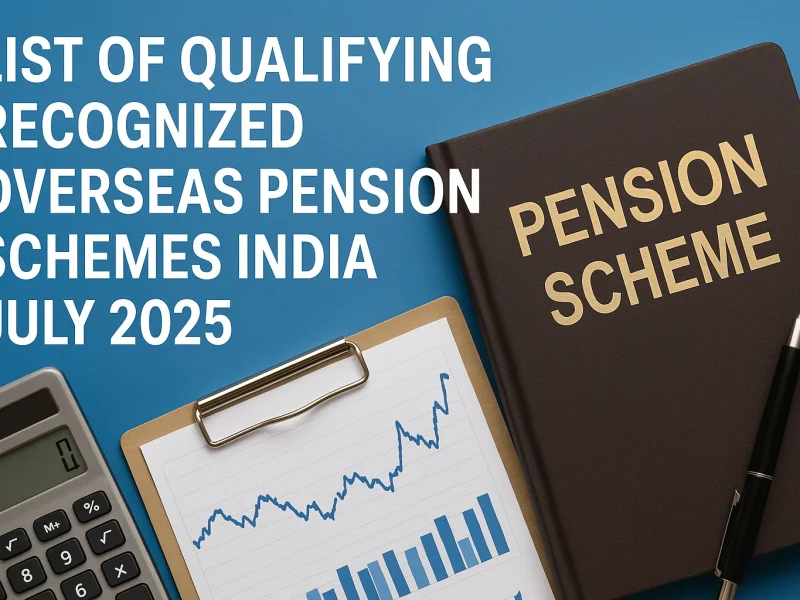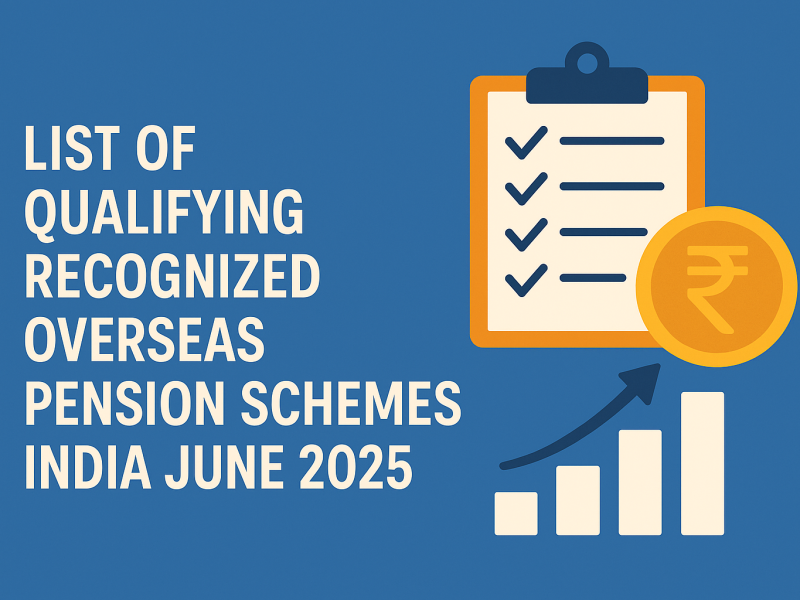
National Insurance in the UK is a tax paid by employees out of their wages, employers in addition to wages, and the self-employed from their profits. While it’s similar to a social security contribution, it is mandatory and classified as a tax. This is separate from income tax, and there are 84 ways that National Insurance differs from income tax. One key difference is that income tax is calculated annually, while National Insurance is charged on each payment received. Another major distinction is that income tax applies to all types of income, whereas National Insurance Contributions (NICs) only apply to wages or trade profits. Additionally, both employees and employers must contribute to NICs, unlike income tax, which is paid only by individuals. There are also different NIC rates for employees and the self-employed, whereas income tax rates remain the same for both. Read on to maximize your state pension at the earliest.
How NICs Help You Maximize Your State Pension
National Insurance funds various benefits, including:
- State Pension
- Means-tested benefits
- Maternity allowances
- Bereavement benefits
- Jobseeker’s Allowance
To maximize your State Pension, the UK government has given you 6 months to go online and fill up any gaps. However. you must meet minimum NIC payment requirements. These payments count as qualifying years, and the number of years needed depends on when you retire. To receive the full new State Pension, you typically need 35 qualifying years, with each year requiring 52 weeks of contributions at the lower earnings limit:
If you have missed contributions due to unemployment, illness, or career breaks, you can still maximize your State Pension by making voluntary contributions. The UK government provides a new check your state pension forecast service that allows individuals to track their contributions and fill any gaps.
How NIC Contributions Work
Many assume their NIC payments are saved for their own pensions, but National Insurance actually works on a pay-as-you-go system. This means that today’s contributions fund current retirees rather than being stored for future payouts. When it’s time for you to retire, your pension will come from the contributions of future workers.
According to HMRC, over 10,000 people have opted to make payments to fill gaps in their NIC contributions, totalling about £12.5 million. If you have missed NIC contributions between 6 April 2006 and 5 April 2018, you have until 5 April 2025 to make voluntary payments. If you miss this deadline, you won’t qualify for the full State Pension.
Why Maximizing Your State Pension is Becoming More Difficult
Between income tax, private pension deductions, NICs, VAT, and other taxes, the cost of retirement in the UK continues to rise. Many retirees find that even after years of contributions, the State Pension alone is not enough for a comfortable lifestyle.
If you’ve worked in the UK but now plan to move back to India, transferring your pension through QROPS allows you to avoid high UK taxes and maximize your retirement income.
QROPS: A Tax-Free Way to Maximize Your State Pension
By transferring your UK pension to India, you can:
- Avoid UK income tax on pensions, which can be as high as 40%.
- Escape the UK’s 55% death tax, ensuring your beneficiaries receive the full amount.
- Invest in tax-free pension schemes in India, where there are no capital gains taxes on pension funds.
QROPS FAQs
What Happens to My QROPS Pension Transfer After My Death?
Since there is no death tax in India, the entire pension amount will be distributed to your Named Beneficiaries.
Is There a Penalty for Transferring My Pension Fund to India?
No. Transferring your UK pension to India via QROPS is tax-free. You also avoid losses from currency exchange rates and other financial complications.
Feel free to contact us for more details.


